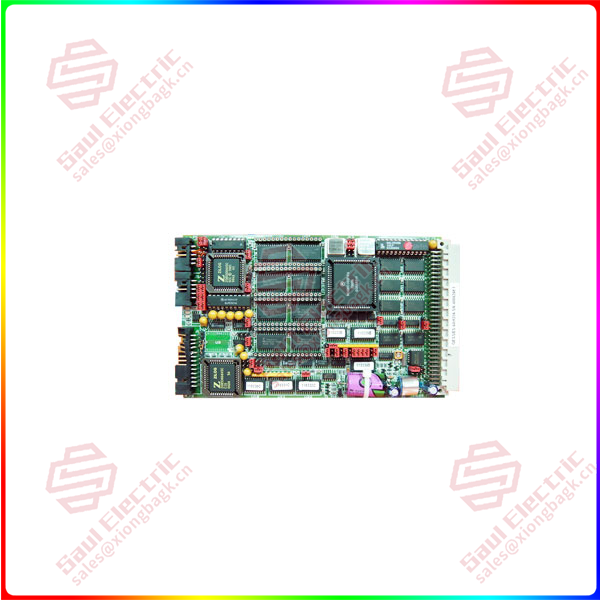AI intelligence: Make control more flexible and efficient
China’s manufacturing industry structure is accelerating the transformation and upgrading from large quantity to strong quality. In the face of a highly “internal volume” market environment and the disappearance of demographic dividend, how to achieve quality and efficiency improvement and enhance the profitability of industrial production has become an urgent problem for enterprises to solve.
From Siemens’ many years of experience in the industry, the problems facing enterprises mainly focus on the process link, focusing on how to improve the yield and production efficiency of products. To meet this demand, it is necessary to control and optimize each production process more precisely. In most manufacturing scenarios, production equipment is controlled by classical control procedures, but there are often many variables and even anomalies in real production scenarios, which generally require active intervention according to expert experience or pre-defined mechanism rules.

GESSBS-6AH256
In view of this, Siemens tries to use AI technology to create intelligent “process operator masters” to achieve dynamic adaptation to various working conditions and processing objects, thereby improving the precision of production operations. The enhanced control based on AI technology is based on the original control logic, adding high-precision nonlinear dynamic prediction, which can effectively solve the dependence of classical control technology on manual adjustment and intervention, and help customers improve resource utilization, yield and quality ceiling.
For example, in the process of photovoltaic substrate growth, metal smelting and molding, food powder drying/liquid evaporation and other processes, Siemens has increased the dynamic prediction of quality trends based on the control logic written by the original automation mechanism model, combined with AI technology, which can dynamically optimize different parameters and give back instructions. By optimizing control, the precision of composition control is raised to a new level, which can effectively reduce waste generation and maximize productivity per unit of time per unit of resource.
 1 Year Warranty
1 Year Warranty





